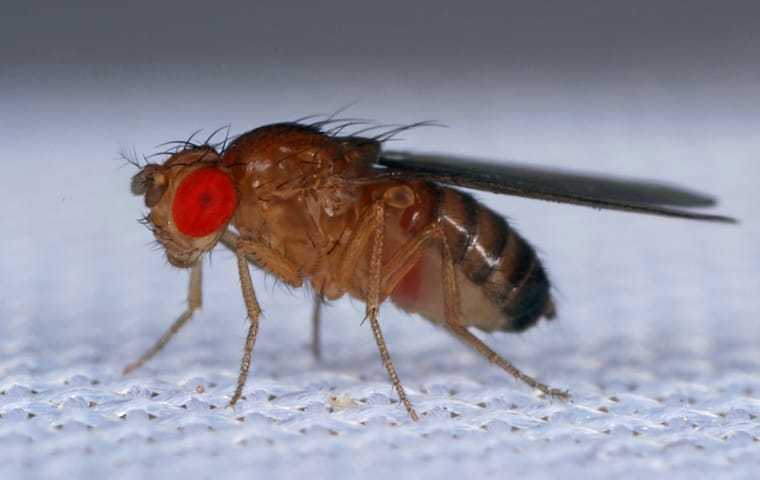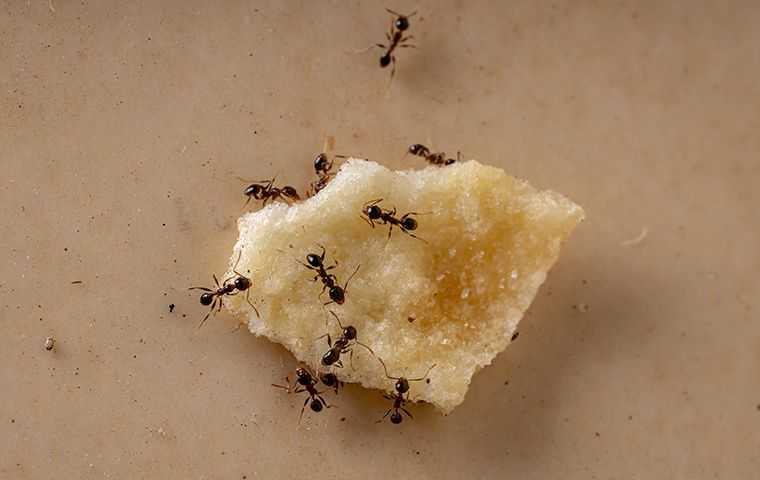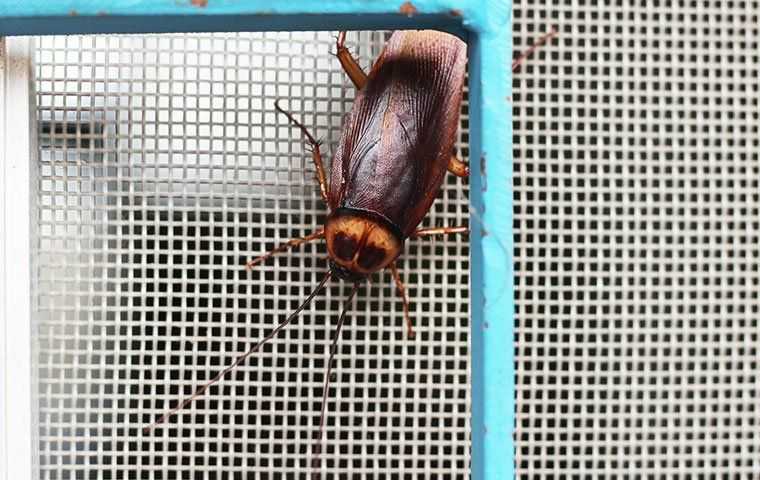While you enjoy a relaxing evening in the living room, an army of termites might be working below you. Underneath the floor of your Honolulu house, an army of termites may slowly be destroying the joists and infrastructure. Soon, you will be paying costly repair bills for the damage caused by these pests working underneath the floors and inside the walls of your home.
Termites are sneaky, which can make them seem mysterious. But they really aren't all that mysterious when you get to know them. Today, our goal is to help you better understand how termites behave, how to detect them, and how termite pest control in Honolulu is the best way to get rid of termites and keep them from damaging your home or business.
Types Of Termites In Honolulu

There are two main species of termites in Hawaii: drywood termites and ground termites. The presence of either of these species is bad news for your Honolulu home.
Ground termites, or subterranean termites, live in colonies below the ground; they use mud tubes to protect themselves and access food sources. Using their powerful and sharp jaws, these destructive termites eat wood all day and every day of the week. The destruction caused by subterranean termites can be devastating due to the tens of thousands of termites in each colony coupled with multiple groups at one location. A single female queen produces up to 1,000 eggs a day; in a few years, the matured colony may consist of 60,000 termites.
Drywood termites live in relatively small colonies but can be just as destructive as subterranean termites. Unlike ground termites, drywood termites do not need contact with the soil since they have much lower moisture requirements. Drywood termites get all the moisture they need by extracting it from the wood they infest. They prefer to infest and consume dry, sound wood, such as attic framings, roofing materials, and wooden support beams.
Whether you are dealing with drywood termites or ground termites, a termite problem is a serious issue. The longer an infestation goes on, the worse the damage will be. Catching a termite infestation early is key to mitigating the consequences. Next up, learn how to recognize the telltale signs of a termite infestation in your Honolulu home.
Easy-To-Spot Signs Of Termites
The best way property owners in Honolulu can protect property from termites is to perform routine termite inspections. The reason termites do so much damage to structures is that they go undetected for years. We don't recommend letting termites go undetected. Here are a few ways you can spot the warning signs of termites:
- Shelter tubes: Subterranean termites create thin mud structures to travel from the ground to the wood inside your home. These structures can be found out in the open, but they are more likely to be found in dark, humid, hidden spaces.
- Frass: Drywood termites produce this material. It is the droppings of drywood termites and it is the same color as the wood the termites are feeding on. You may find frass on floors, walls, and other surfaces.
- Worker termites: When you're out in your yard, you might see worker termites and not realize it. A worker termite is only ? of an inch long and is often mistaken for a fat ant. You might see worker termites when you pick up dead branches or when you move something made of wood.
- Swarmer termites: These are winged termites. When they gather together into a swarm, they can be hard to miss, especially if they emerge inside your home. When they emerge outside, you may not see them because a termite swarm lasts less than thirty minutes.
- Termite wings: When termite swarmers mate, they shed their wings. These wings may be found on the ground, on surfaces, in spider webs, or in other locations.
- Termite damage: It can be challenging to see the signs of termite damage if you don't know where to look or how to identify this damage. We recommend getting into dark, humid spaces to find this damage, or you can look for wood-to-soil contct and examine the wood below the surface.
Regularly inspecting your home for signs of damage can save you a lot of hassle and money in the long run. When you find termites on your property, there are a few important facts you should know about them, starting with how much of a threat they present to your property.
Termites Can Destroy The Structural Integrity Of Your Home
If you have a termite problem, how concerned should you be? We really can't say without knowing the type of termite infesting your home, how many colonies are attacking your home, the size of those colonies, and how attractive your home is to them. All we can say for sure is that termites have the potential to destroy the structural integrity of your home. They do this by secretly eating away at the inside of studs and support beams, which puts stress on the structure.
Given enough time, subterranean termites can cause the collapse of a home or the parts of the house as they continually shear off small wood fragments. A mature colony of workers can consume five grams of wood daily equaling 2.3 feet of a 2x4 board in one year.
Drywood termites are also extremely destructive over time. Because they do not rely on contact with the soil for moisture, drywood termites can infest virtually any wood in your home. They can also be more difficult to identify since they do not leave mud tubes on the outside of wood. This means the damage may go on for a long period before it is detected.
Although termites can operate undetected for years, the following are signs of a termite problem:
- Warping doors and frames: As structural parts of the home weaken, you may notice the doors and windows are not operating correctly.
- Crunching sounds: If you hear cracking sounds while you walk across the floor, it may result from the wood starting to give way.
- Sagging floors: As the termites whittle away at the floor joists, gaps may form between the baseboard and the floor.
You may not see termites, but if evidence of damage appears, take quick action and immediately get drywood termite control in Honolulu by Pest Tech Hawaii.
Four Things Every Homeowner Ought To Know About Termites
Termites are an ever-present threat to all homeowners. Failure to recognize evidence of termite damage may cause expensive consequences. The following are four things you should know to avoid costly repairs:
- Termites feed on cellulose found in wood and dead plants.
- Termites often live in large colonies of thousands.
- Termites may be presently causing damage to your home without your knowledge.
- Termites can destroy a home resulting in financial ruin for the homeowner.
It is worth noting that homeowner insurance policies do not typically protect against termite damage. Your homeowner's policy covers sudden and accidental damage, but not damage caused by long-term termite exposure.
Contact The Professionals At The First Sign Of Termites
It is wise to contact a professional at the first sign of active termites. DIY termite control can make your problem worse or leave your property susceptible to ongoing damage. A certified professional will install, maintain, and evaluate your termite control to make sure it is fully protected. If you want to know what your options are, reach out to Pest Tech Hawaii for assistance. We can guide you toward the right treatment and control solution to address your termite control needs. We use industry-leading products to get this important job done right.
Simple Tips To Prevent Future Termite Infestations In Your Home
After you've obtained termite treatment in Honolulu, are you done? A one-time treatment will not continue to protect your property. You need to take steps to prevent future infestations. Here are a few suggestions:
- Address wood-to-soil contact. For instance, put deck posts on concrete piers. Your goal is to make it difficult for ground termites to get into your home without creating mud tubes.
- Put dead branches in a plastic bin when you collect them. Don't stack branches on the ground, even in a location that is well away from your exterior walls. Worker termites are highly attracted to decaying wood and will travel as far as the length of a football field to find food sources.
- Stack campfire wood on an elevated platform so that you can detect ground termites if they make mud tubes to get to the wood.
- Perform routine inspections to detect termites early.
Keep in mind that Pest Tech Hawaii provides professional termite inspections and many options for termite control and prevention. Whether the culprits are drywood or ground termites, we can guide you toward the right control solution for your home and your budget. Connect with us today to learn more or to schedule a service visit. We're here to help.
Client Review

We use pest tech for our termite treatment and pest control. Great termite treatment crews and super quick and efficient pest control. They have the most competitive pricing and not over priced.
Request An Estimate
Complete the form below to request your estimate.






